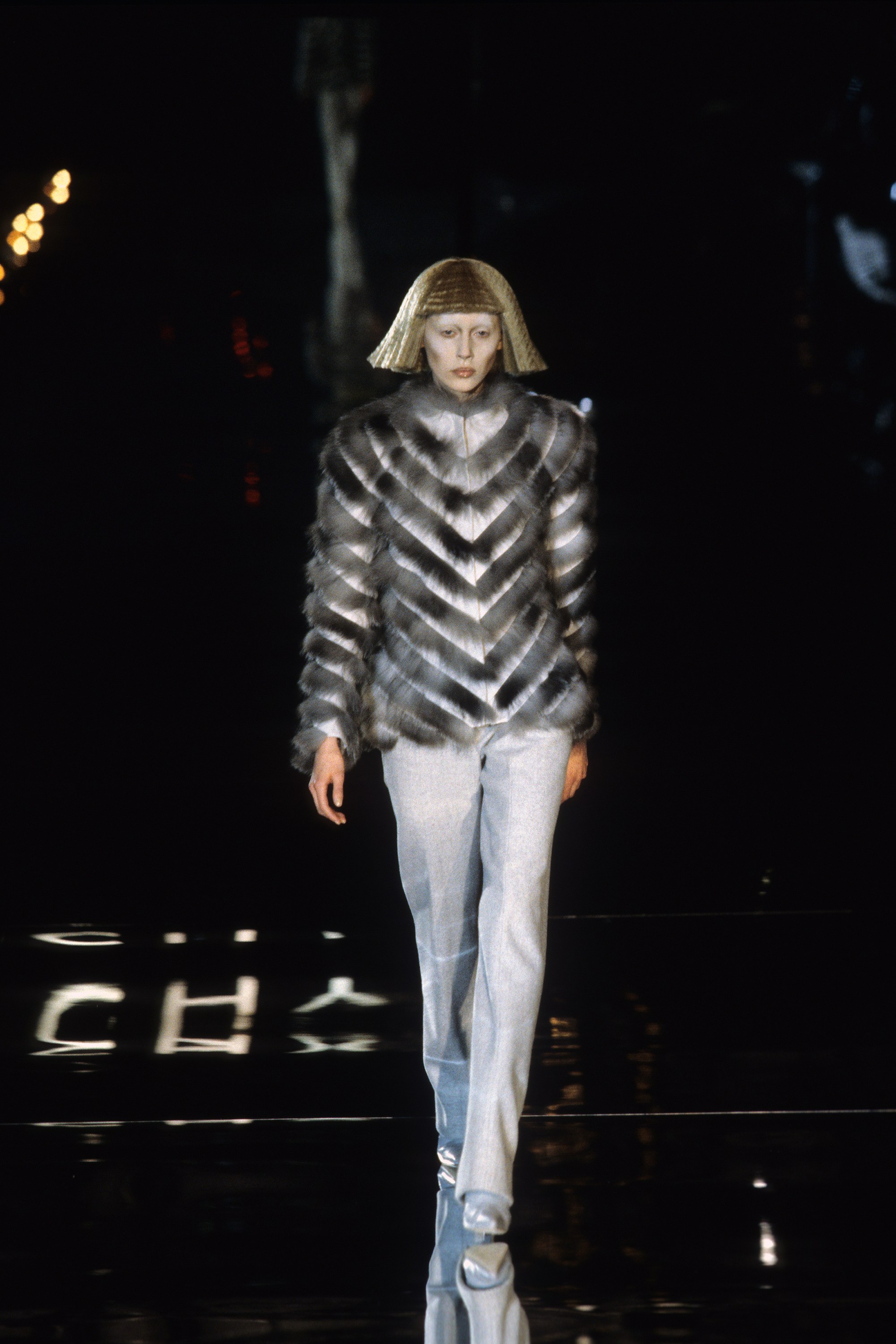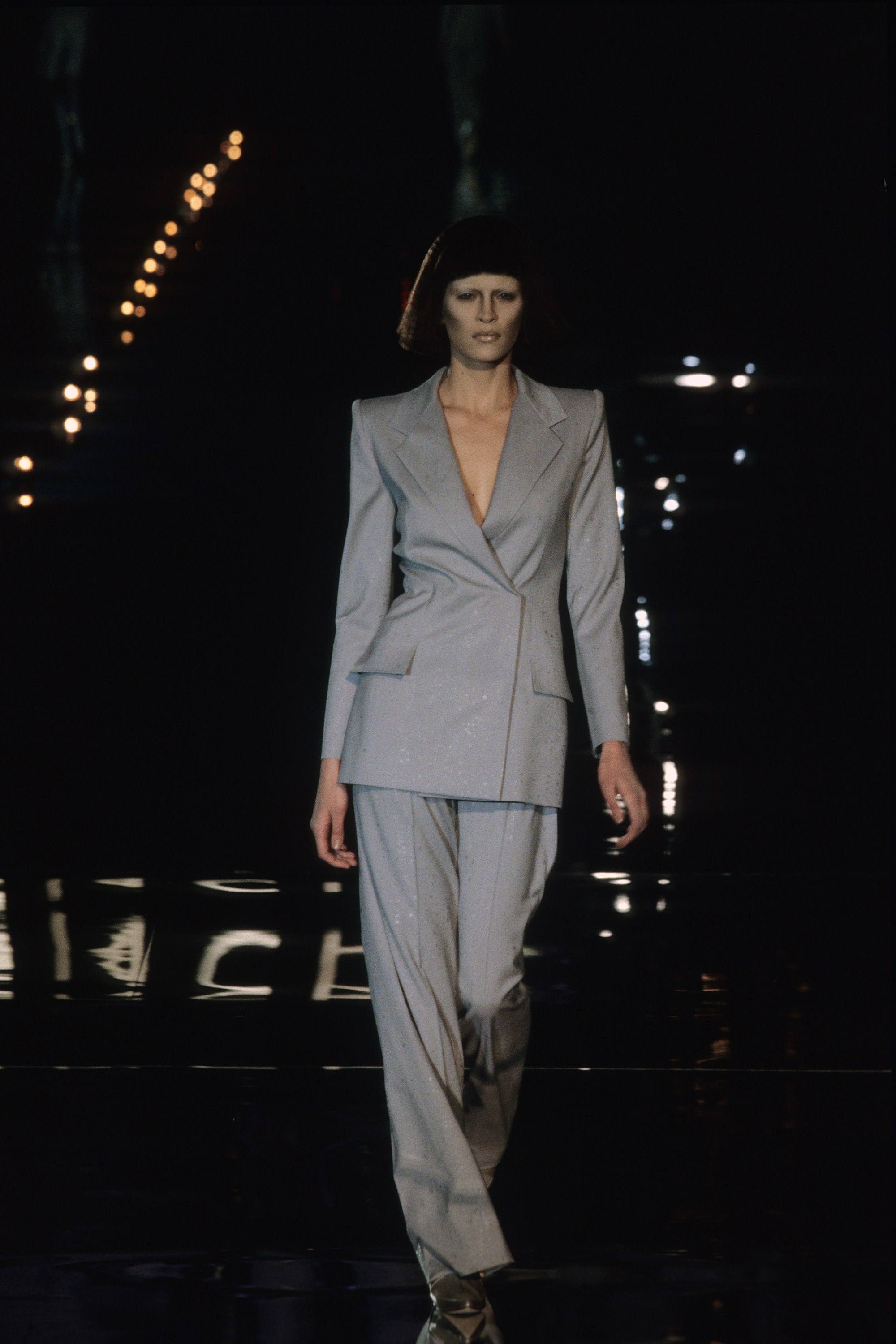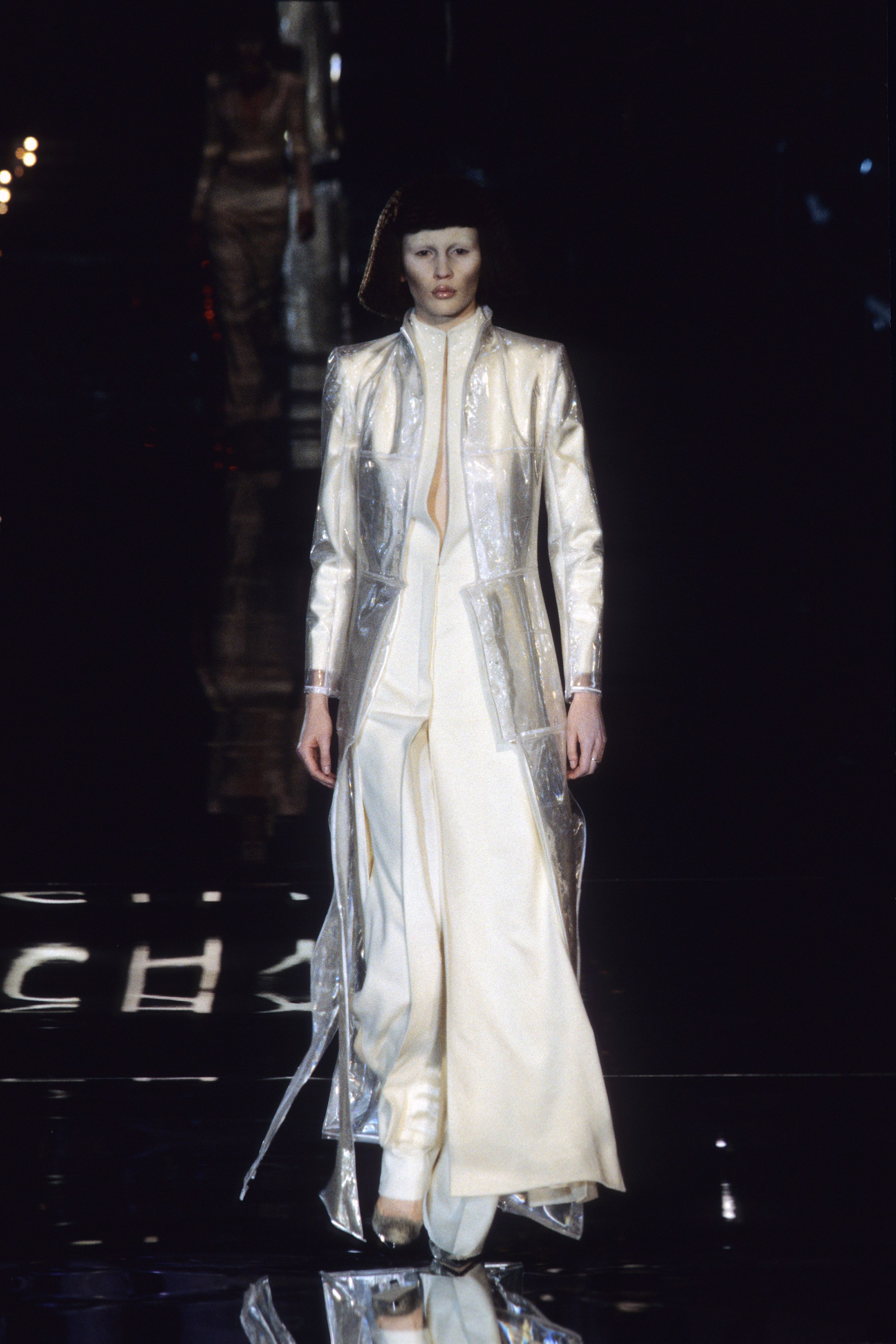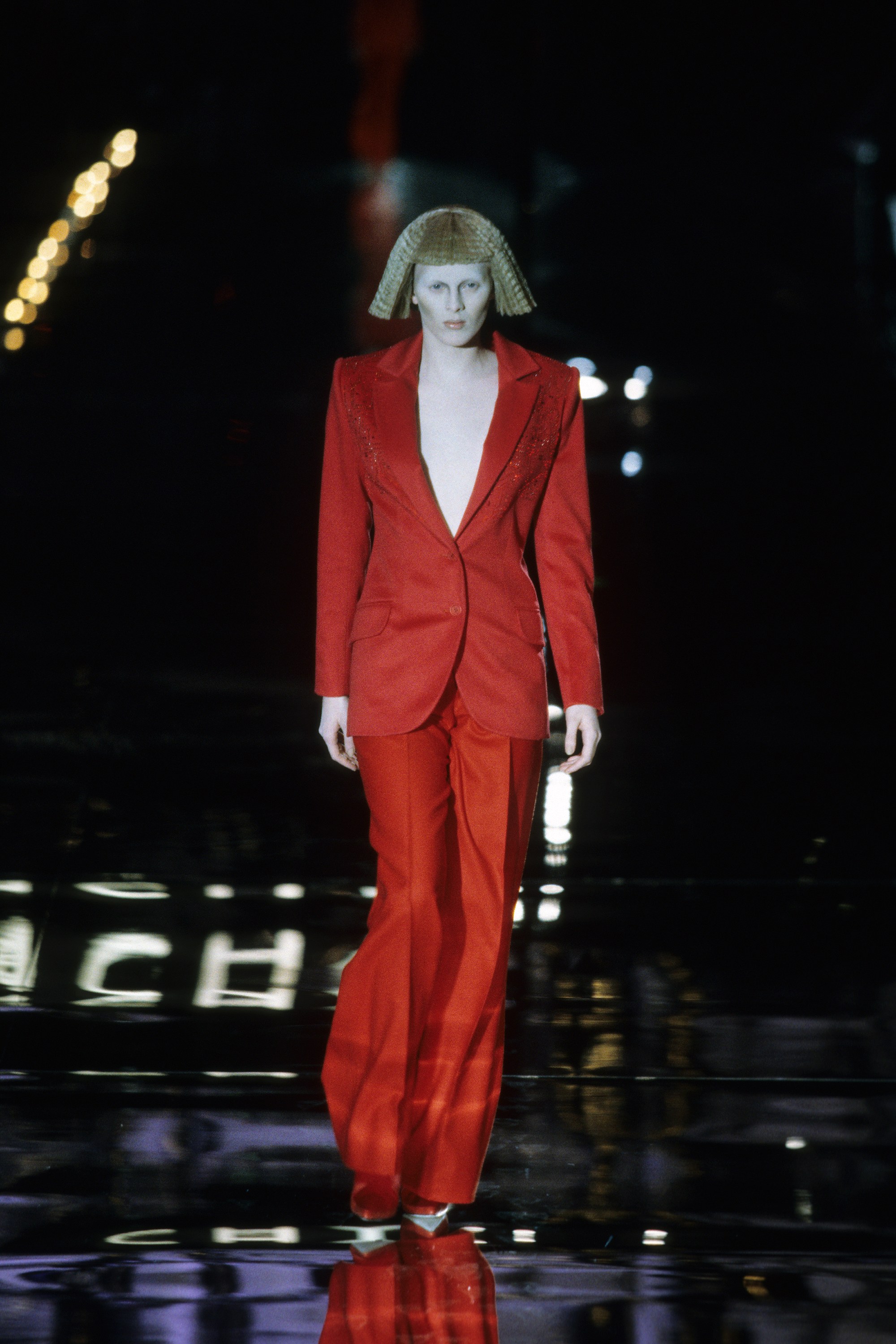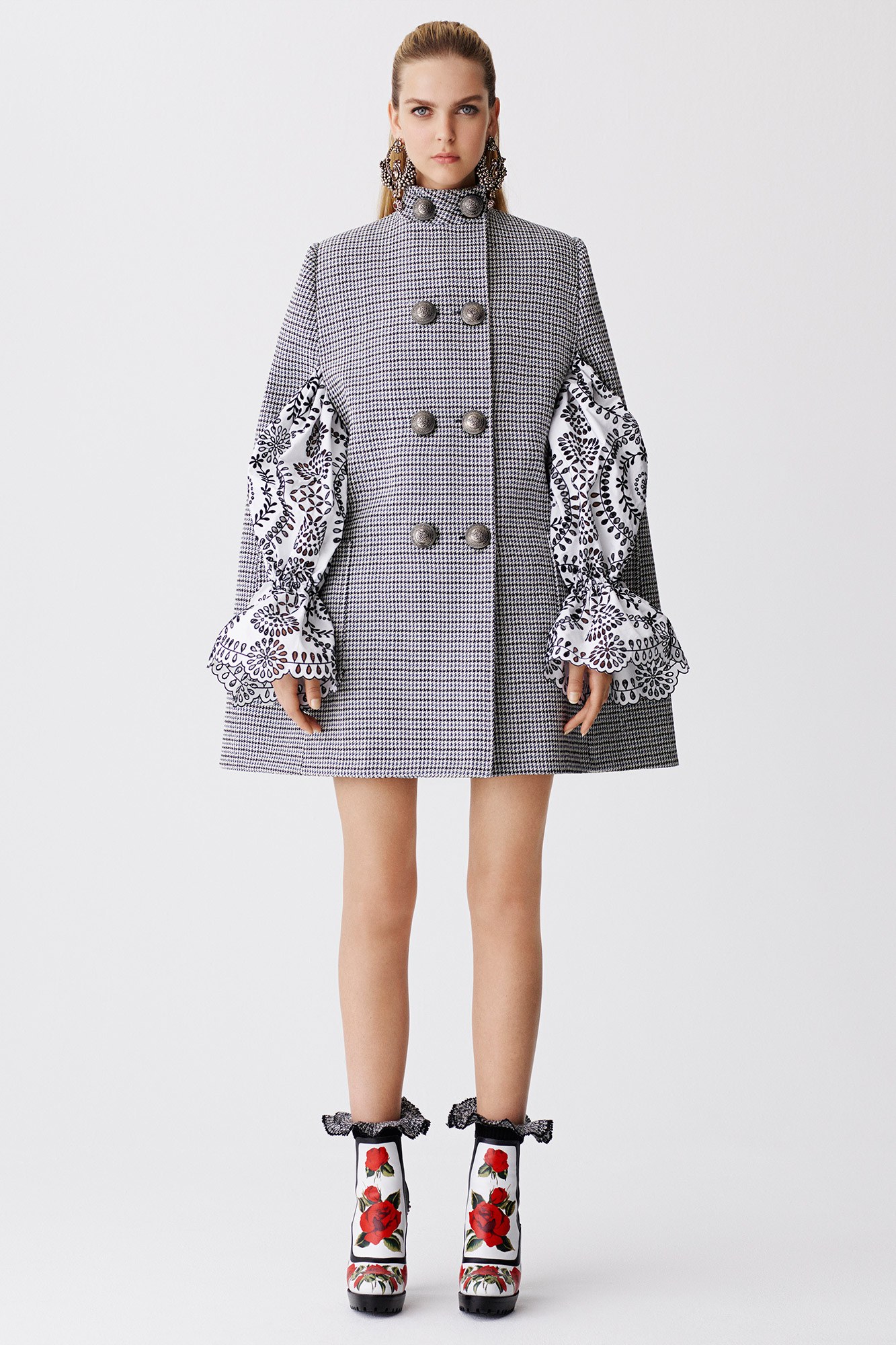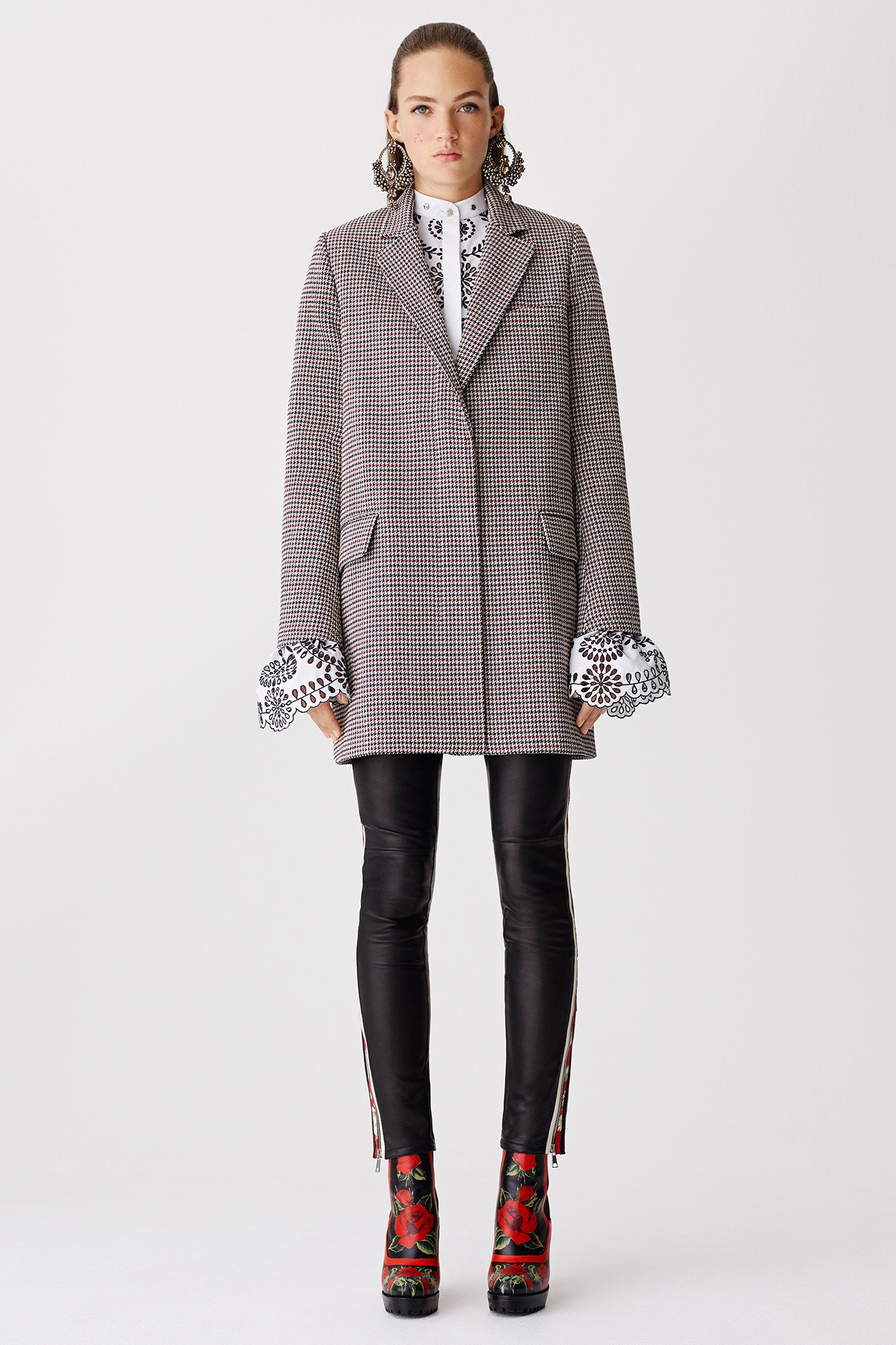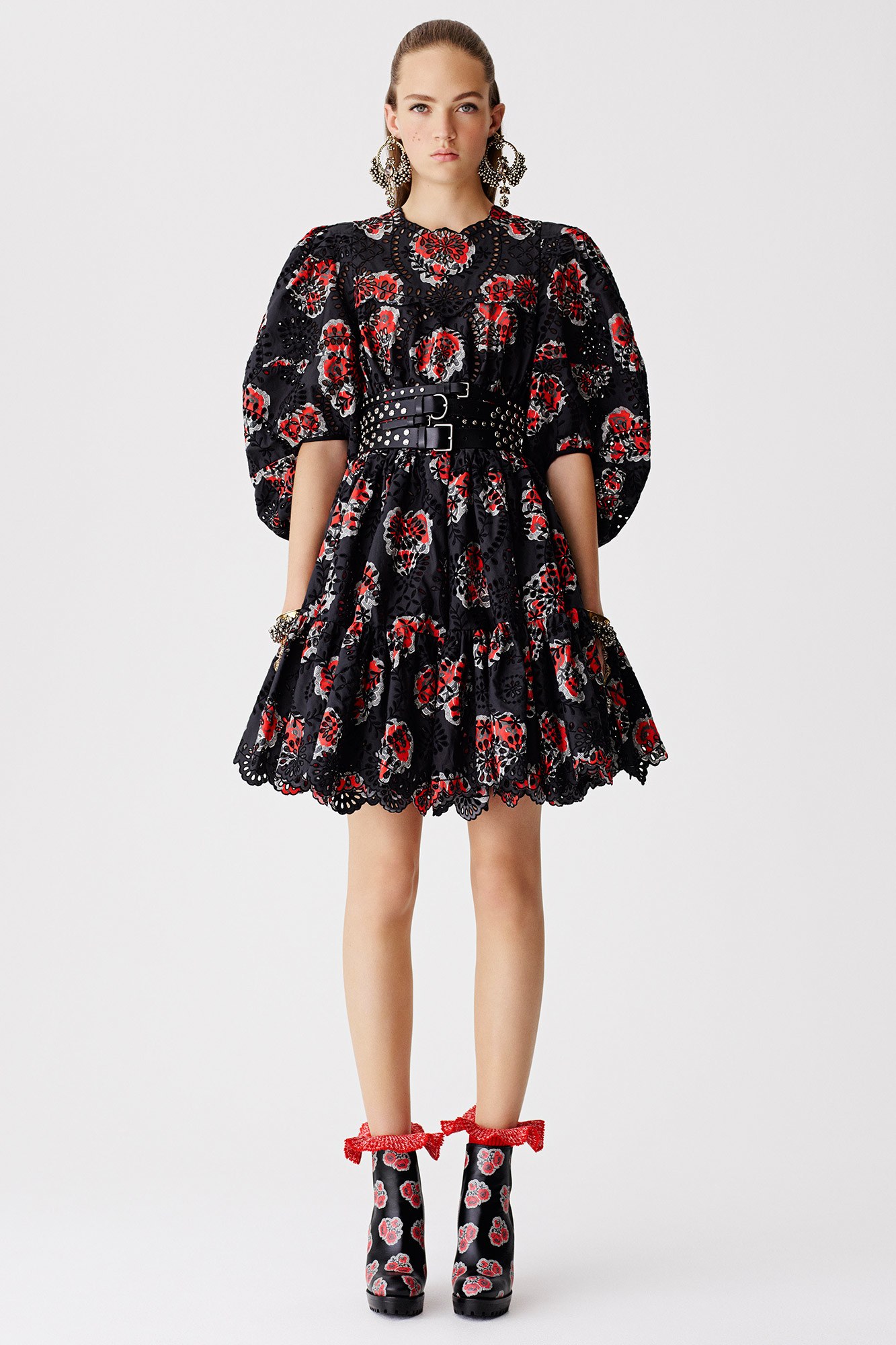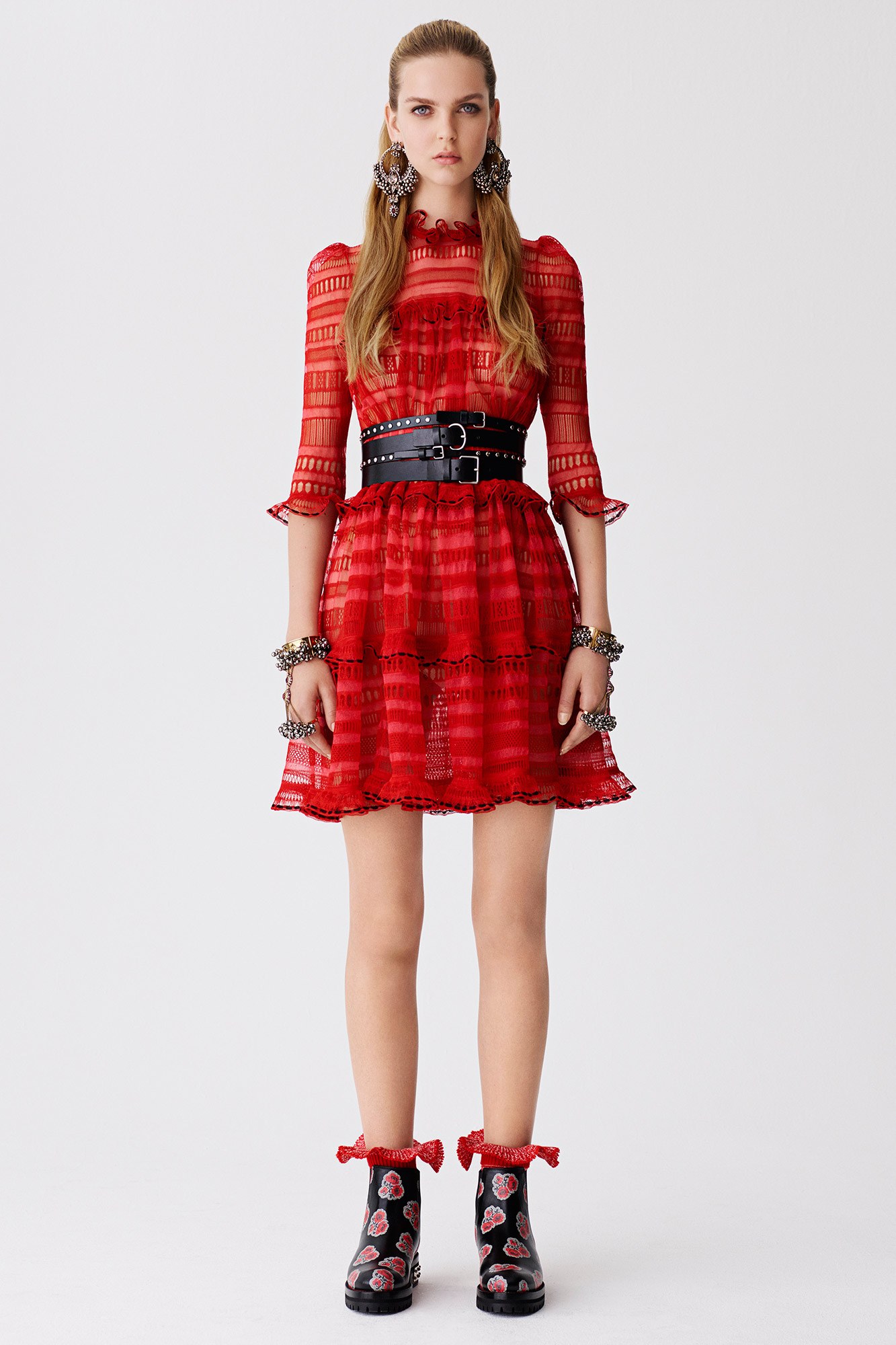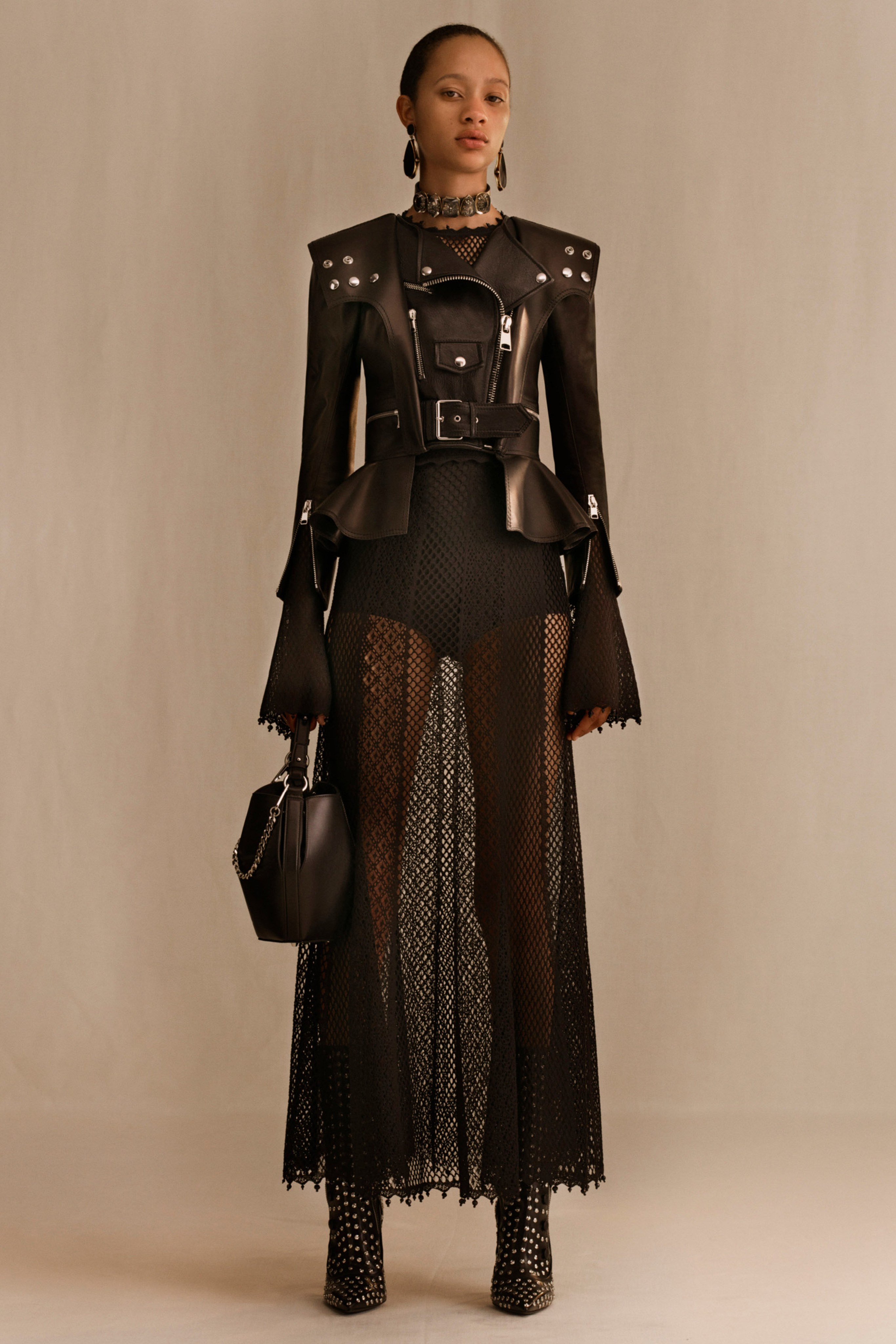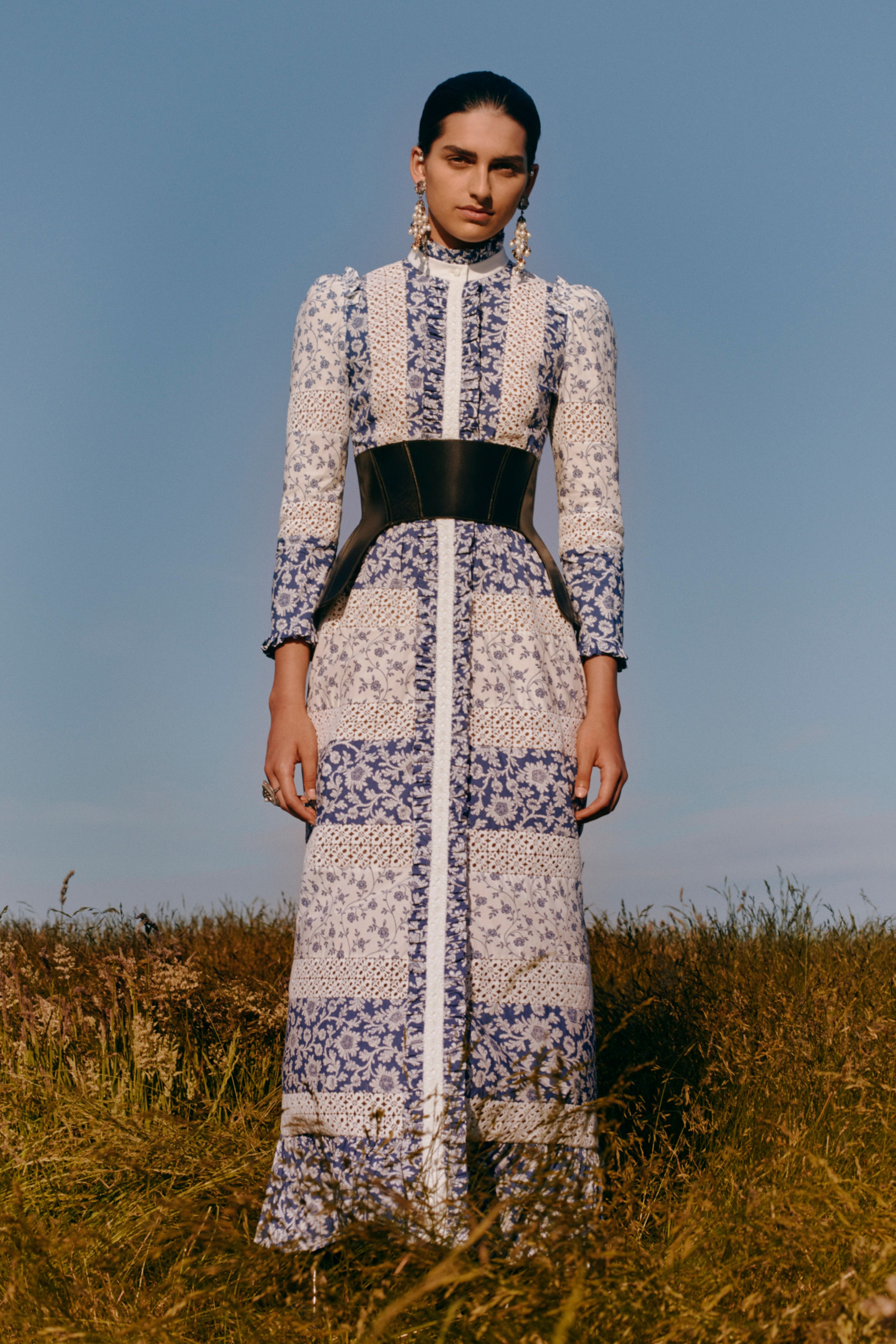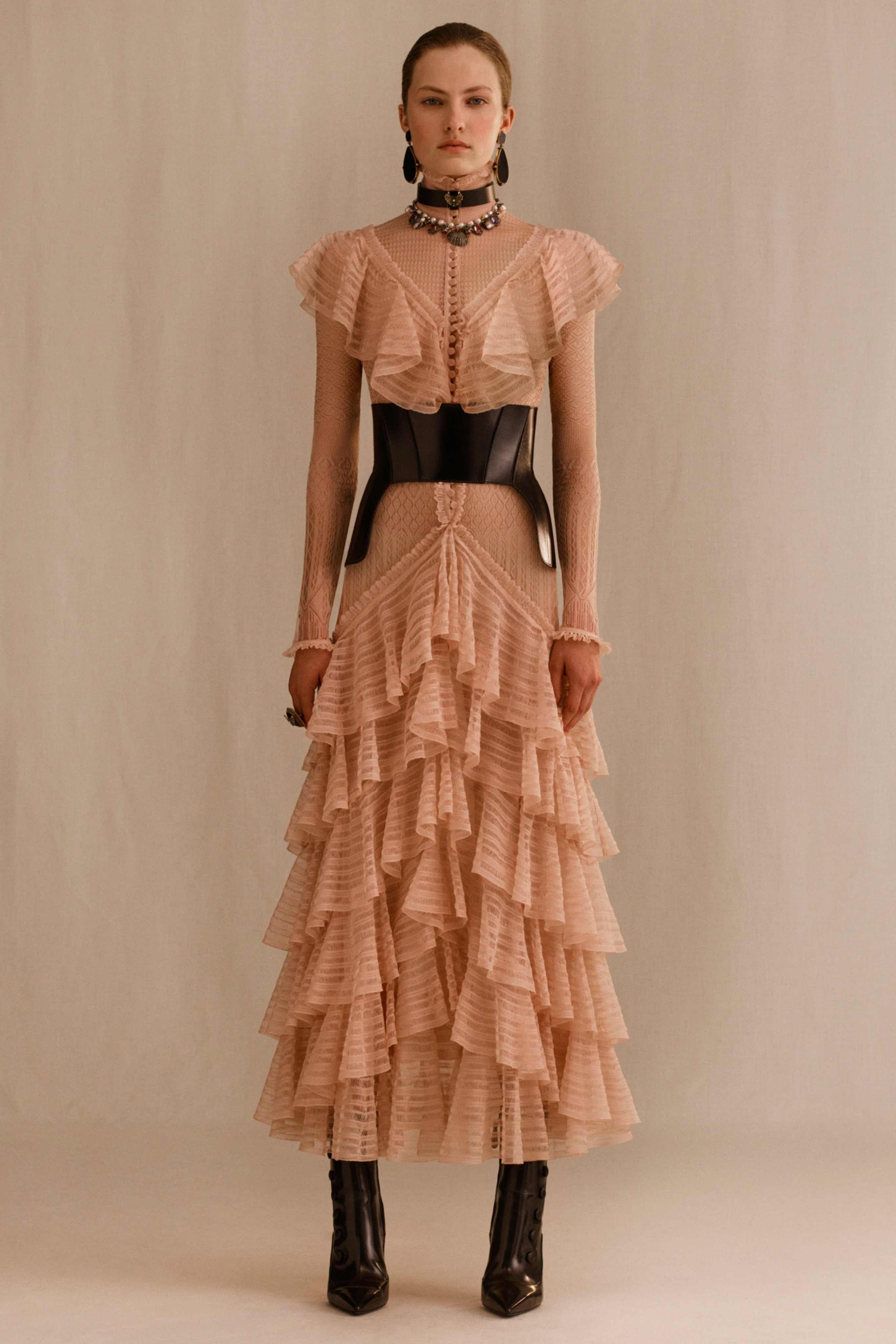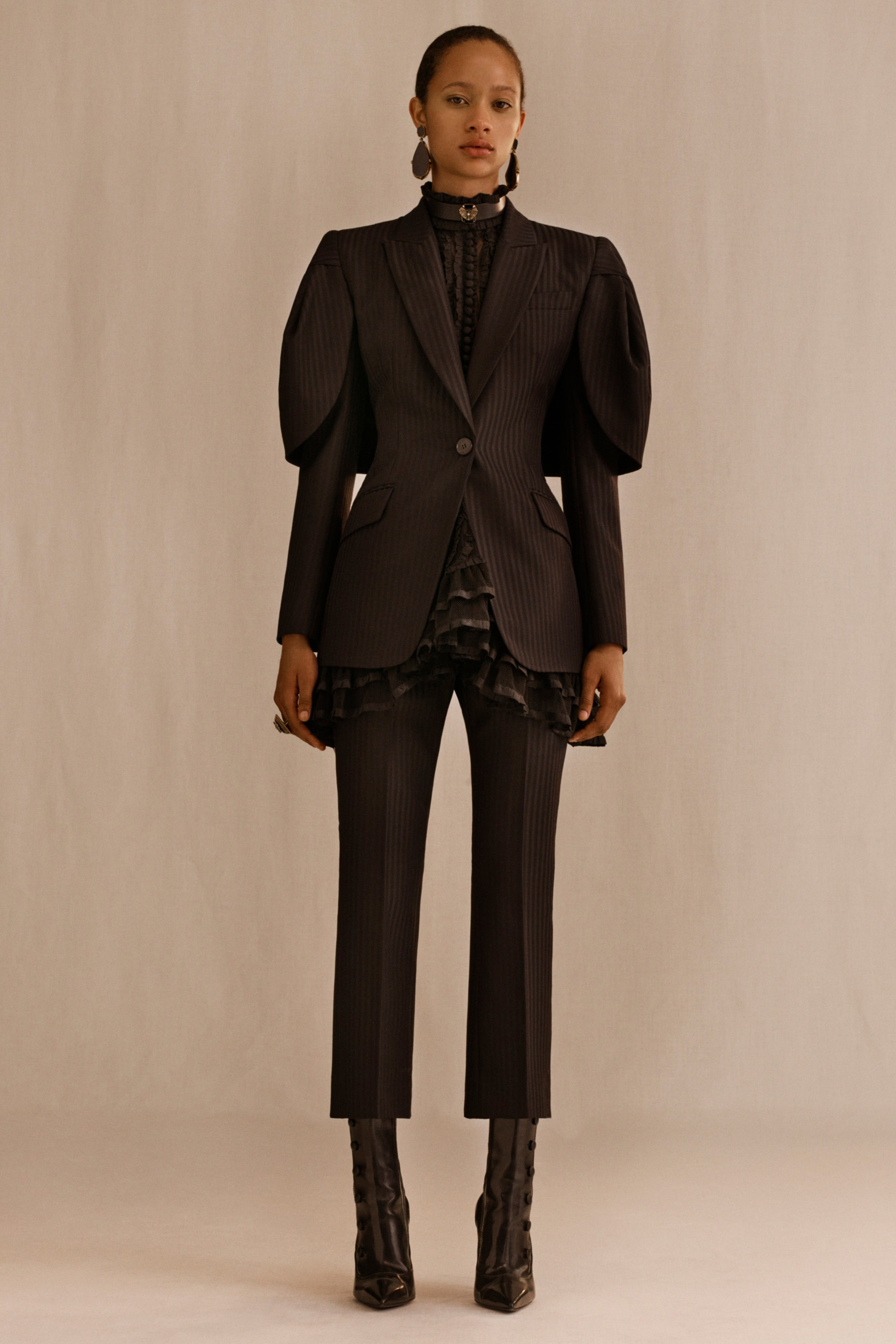Fashion Industry Broadcast and Style Planet TV is proud to present its new 11-part, hour long Film docuseries “Renegades”. As a teaser before the 11 films are released, we are revealing a post on THE BROADCAST each week for the next 11 weeks. This week the story is on Alexander McQueen.
Our Renegades refused to follow the laws of the ‘fashion rulebookʼ. The dreamers, the rebels, the auteurs, without whom popular culture would never have been quite as interesting. Even if you hold only the most casual interest in the world of fashion, it’s hard to deny the fascinating life stories of every one of our Renegades.
Featuring the lives and legends of:
- Vivienne Westwood
- Malcolm McLaren
- Hedi Slimane
- Rei Kawakubo
- Issey Miyake
- Kenzo Takada
- Yohji Yamamoto
- Alexander McQueen
- Jeremy Scott
- Rick Owens
- John Galliano
We present to you: ALEXANDER MCQUEEN

One only needed to look at the nature of Alexander McQueen’s work – the inherent violence and melancholy in every piece – to see there was a deep and permeable wound at the core of the young designer. He put everything into his work including it is said, “his dreams, nightmares and fears”.
The renegade of British Fashion, the late Alexander McQueen was more than a designer, he was and still remains a major figure in British culture, redefining the rule book with his youthful succession and a body of work that were more avant-garde forms of art than works of fashion. McQueen defied his East End beginnings, rising to the annals of fashion history by taking his place at the head of Givenchy at just 27 years of age. For years to come, his string of ground-breaking shows for both the French powerhouse and his own eponymous label, revealed the relentlessness of his imagination and an undeniable talent that took critics by surprise. From his first collection paid for in dole money all the way to his multi-million-dollar empire, it was clear people were interested in whatever he was selling, even if that was at times controversial. In February of 2010 the rebel designer would shock the world one final time, ending his longstanding battle with depression. Millions mourned the loss of his genius whilst those closest to him recalled the humble man behind the curtain.
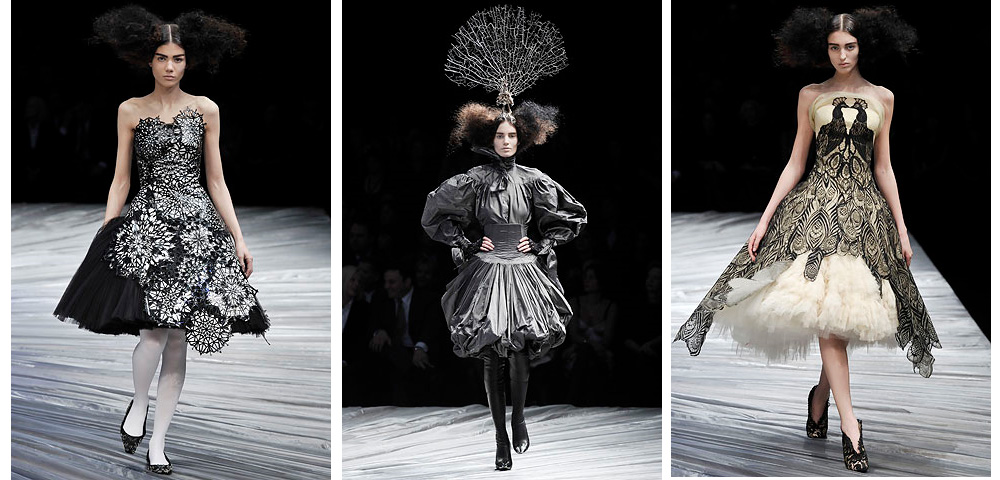
Lee Alexander McQueen was born on the 17 March 1969, into the working-class suburb of Lewisham, London. The youngest of six children, McQueen tapped into his creative side at an early age. With the encouragement of his mother he began designing dresses for his three sisters. Despite his flourishing creative interior, there was a darkness that Lee would endure throughout his life. At the age of six he began to grapple with his homosexuality, but fully embraced it into adulthood. As McQueen would later joke, he came “straight from his mother’s womb and into the gay pride parade”. At age nine he became the victim of sexual abuse at the hands of a non-blood relative and witnessed first-hand physical violence against women.
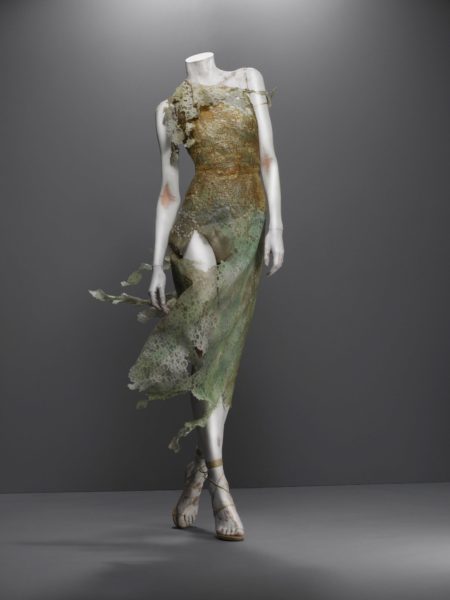
McQueen’s early collections like “Highland Rape” delved into these dark territories of violence and sadness particularly against women, shocking viewers and attracting much criticism. In the 90s his name was hard to avoid, the subject of tabloid headlines and underground chatter for his compelling and brazen antics. Starting as an apprentice tailor on Saville Row and progressing to the highly regarded fashion institute Central St Martins. McQueen’s debut collection in 1992 was bought out in its entirety by non-other than Isabella Blow, the then editor of British Vogue and one of the most ostentatious characters, in an industry spilling with the eccentric. For McQueen she represented the powerful and successful women he wanted to dress; and in McQueen, Isabella found a kindred spirit: one whose talent for design was perfectly complimented by a sense of promotion and a keen eye for style. Her love of design extended to unearthing new talent, catapulting the career of McQueen alongside other contemporaries from milliner Phillip Treacy to model Sophie Dahl. Generating a close relationship, the two would go on to become an inseparable artist and muse combination of the high fashion industry, only to be destroyed by it from within.
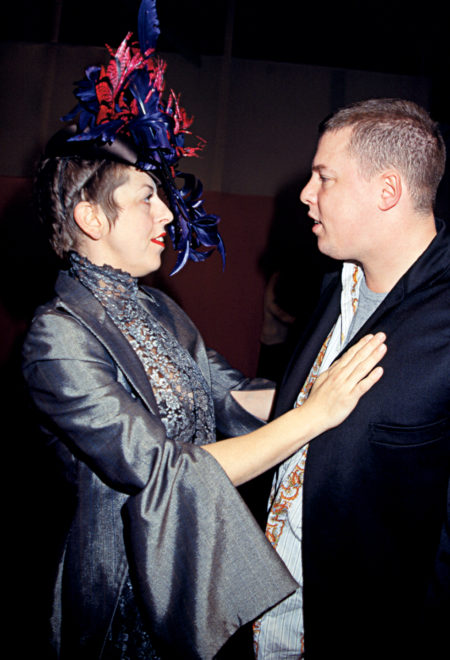
Ahead of his time, McQueen controversially was seen to be gaslighting the industry with his inclusion of non-models onto the runway. From the pregnant, to the disabled, showing progressive racial inclusion and even featuring his own patron and muse Isabella Blow. Blow stole the show in McQueen’s 1994 Autumn / Winter catwalk dubbed ‘Banshee’. He also dedicated his 1996 collection “Dante” to her. Designed as a commentary on war and religion, the collection showcased models who strutted down a crucifix catwalk to the sounds of organs clashing with club music and repeated gunfire, with the familiar sounds of missiles sporadically whirring overhead. There were new elements to the McQueen’s aesthetic that took critics by surprise. Maturity. Romanticism. Elegance. By 1997 he’d even designed tour costumes for the great David Bowie, immortalised in music history on the cover of Bowies 20th Studio Album, Earthling.
At the age of 27 and only eight collections to his name, to the surprise of almost everyone, Alexander McQueen would become the head steward for Givenchy. Criticised for seemingly being dangerously under qualified to take on such a legacy, McQueen referred to the founder of the label as ‘irrelevant’. Despite his rocky start he still managed to create some of the most memorable runway moments in fashion history.
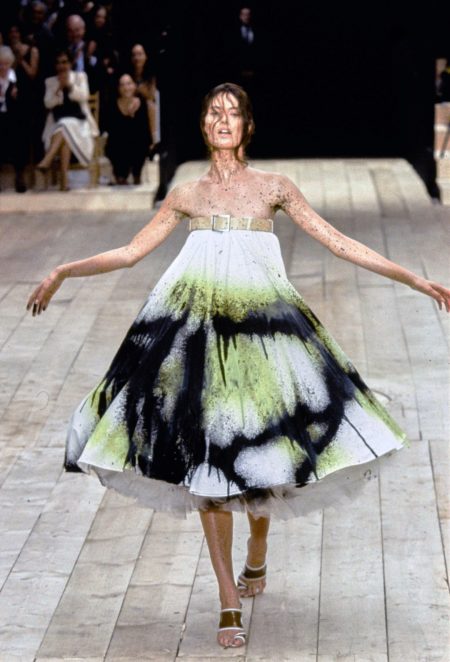
“Number 13”, was one of McQueen’s most revered forms of art. Model Shalom Harlow was the centrepiece, adorned in a pristine white dress in the middle of a circular platform. The platform began to spin, and two autonomous robot arms whirred to life beside her, casting both dress and model with dual streams of black and yellow paint, completely indiscriminate in their patterning. It was a conscious provocation of the nature and impact of technology in modern life, McQueen always sought to push the boundaries conceptually, to shake things up and open people to new ways of thinking.
At the end of the year 2000, the Gucci group under the direction of Tom Ford, purchased a majority share in McQueen’s own label. Leaving him in charge as creative director, free and cashed up to redress the personal vision for the McQueen Label.
“VOSS” was McQueen’s crowning achievement in 2001. The audience was seated around an enormous, reflective plastic box in the centre of the room, models staggered through the space swathed in razor clam shells, flourishing red gowns built of ostrich feathers and costumes draped with taxidermy birds. One by one the models threw themselves up against the walls and imitating the blood-curdling screams of the insane. New York Times writer Cathy Horyn described McQueen as “a great designer who is not only making beautiful clothes, but also responding, like an artist, to the horror and insanity in contemporary culture.”
In October 2009, McQueen presented his final and most impact-full runway to date, entitled “Plato’s Atlantis”. The Spring 2010 collection was otherworldly, and most notably famous for its Armadillo-esque shoes, worn by the then up- and-coming pop sensation Lady Gaga in her hit music video “Bad Influence”. The show broke new ground, by being the first live -streamed runway facilitated by On Show Studio, who had preferenced McQueen over any other designer to debut the technology. It nearly broke the internet with the help of Lady Gaga’s own followers open to the collaboration and McQueen secured an unprecedented audience for his work. The move birthed a new digital era for commercial fashion and provided McQueen a new platform for his art.
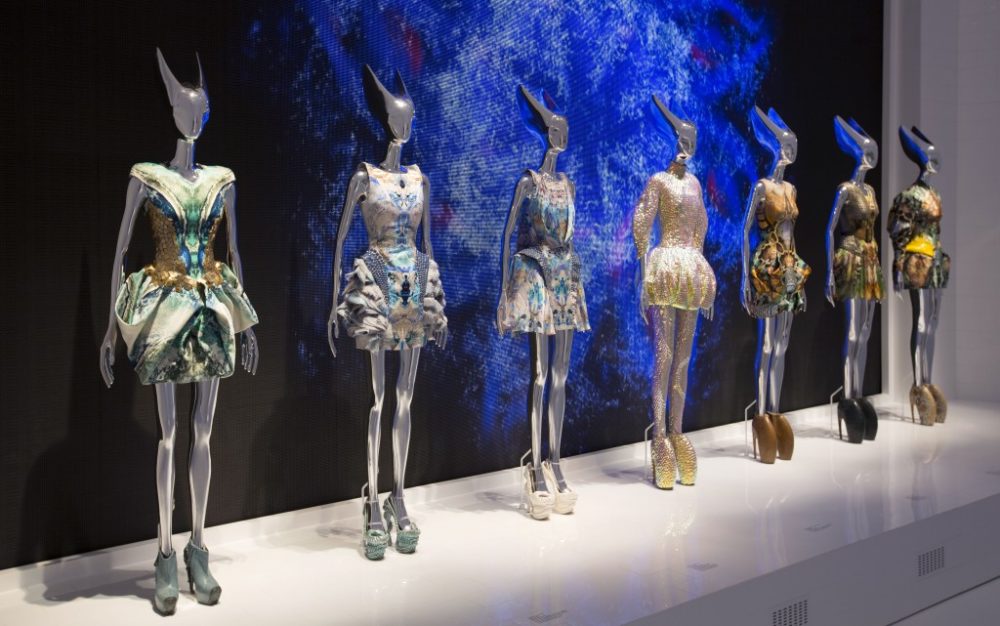
With success impressed upon him at an early age McQueen was repeatedly torn open with every criticism sustained and every looming deadline in which he was forced, again and again, to justify his undeniable talent. McQueen had done much to earn back the favour of fashion critics. But with each new collection he placed himself under greater pressure to outdo his last. As his constitution declined and he was diagnosed with HIV, he increasingly turned to cocaine for support. The thought of death had begun to consume him on a grander scale in his later years. McQueen was seeing a therapist to be treated for severe anxiety and depression, and constantly complained of exhaustion. But the gathering melancholy of McQueen was almost trivial compared to the mental state of estranged muse Isabella Blow, who would go on to attempt suicide on no less than three occasions, passing away in 2007.
Within three short years, McQueen experienced the devastating loss of the two women that supported him most. Isabella and his mother Joyce. On the eve of his beloved mother’s funeral McQueen – just 40 years young, gave into a debilitating orgy of cocaine and sleeping pills; only to be found by morning; strung from the neck in his bedroom closet by his favourite belt. In his final moments, Lee scrawled a note in his beloved drawing book; there, sidled between illustrations of Frankensteinian monsters and concept sketches for the romantically Gothic pieces he had made his name crafting, he left a final message to the outside world: Take care of my dogs. Sorry. I love you. Lee.
McQueen’s death coincided with the first day of New York Fashion Weeks fall collections and his own preparations to show in Paris, perhaps his death was not untimely given McQueen’s tumultuous run-ins with the industry, lost in all its inanity.
The story of this renegade fashion designer is one built upon powerful moments made of courage, conviction and an extraordinary vision. Outside of his own legacy, others have sought to capture what it was that made McQueen an unnatural force. Many books have been written, many tabloids have lined the pavement and within more formal context critics, institutions and fellow artists have sought to both categorise and celebrate the man and the genius. In May 2011, New York’s Metropolitan Museum of Art’s own Met Ball was perhaps one of the most holistic contributions to reveal the two. The posthumous show entitled Savage Beauty paid tribute to the life and life’s work of the late Alexander McQueen.

McQueen’s own nephew, whom was working on one of Lee’s final projects for a memorial, has unveiled recently a mural that coincides with a new documentary on the life of Alexander McQueen. A skull motif (one of McQueen’s most popular talismans) was painted in London’s Ebor Street in Shoreditch. Originally intended for McQueen’s grandparents, it now stands in his honour and forms the artwork for a documentary by Ian Bonhote and Peter Ettedgui.
As life went on, the demand for the continuation of his work was seamlessly handled by McQueen’s right-hand in the design room, long-term friend and prodigy Sarah Burton. In a new chapter, Burton – a master tailor herself combined with an affinity for storytelling was handed the reigns of the McQueen’s empire with the freedom to steer its future and give acknowledgement to its past. Burton’s own stardom catapulted, when the label was selected to dress The Duchess Kate Middleton for her Wedding to Prince William in 2011. The Royals, along with the world’s celebrity continue to support the label under its new ambassador.
Fashion figure Daphne Guinness, a close confidant and champion of McQueen himself, praised Burton’s composure amidst the impossible task of filling McQueen’s shoes; noting her “skills, honed during her years in Lee’s company” serve to “make the label stronger” in his absence, “injecting a more feminine aesthetic”.
Burton’s 2014 collection for McQueen was a stripped back presentation lacking the ornamentation of previous seasons in favour of a simplistic aesthetic. Each season continues to carve a new moment for McQueen, albeit in a much subtler fashion.
The latest resort 2019 collection was a celebration of Victorian heritage, heralding the hallmarks of McQueen’s signature tailoring and intricate piece work. Exploring McQueen-esque dichotomies: from the deeply feminine embroidered lace, white dresses, ruffles and cashmere that are eschew to the structured leather corsets and signature harnesses. British palaeontologist Mary Anning, a heroine of the age, formed the inspiration behind the latest Burton/McQueen narrative. Burtons own process explores the nature of humanity with the same curiosity and historical depth that McQueen alone engaged in.
Alexander McQueen’s death reflected the nature of his work: savage, romantic, and steeped in tragedy. But McQueen was not without a sense of humour or perspective, leaving us to wonder what could have been.
“I’ve always been fascinated with the Victorian view of death…It’s not about brushing it under the carpet. It’s about celebrating someone’s life and I don’t think it’s a bad thing. I think it’s a sad thing and melancholy thing, but I think it’s a romantic thing because it means the end of a cycle. Everything has an end. The cycle of life is a positive thing because it gives… for new things to go on behind you.”
Check back every Tuesday for the latest teaser for FIB and Style Planet TV’s newest docuseries, Renegades.
Written by: Charlie O’Brien
Edited by: Jess Bregenhoj

